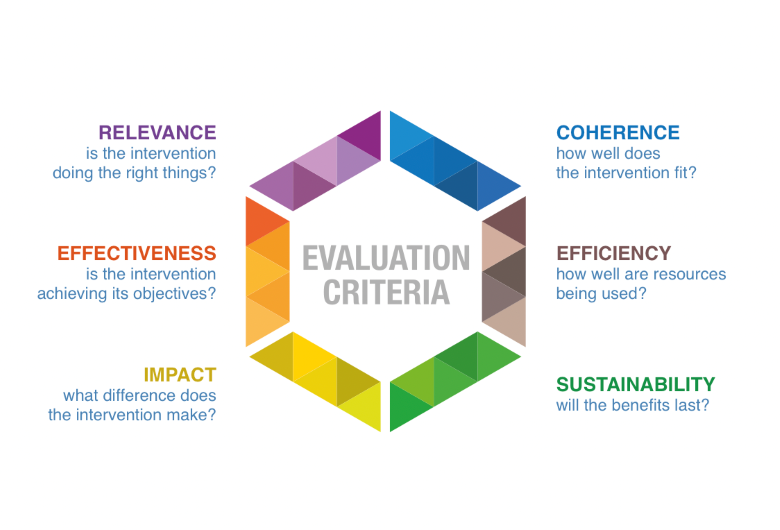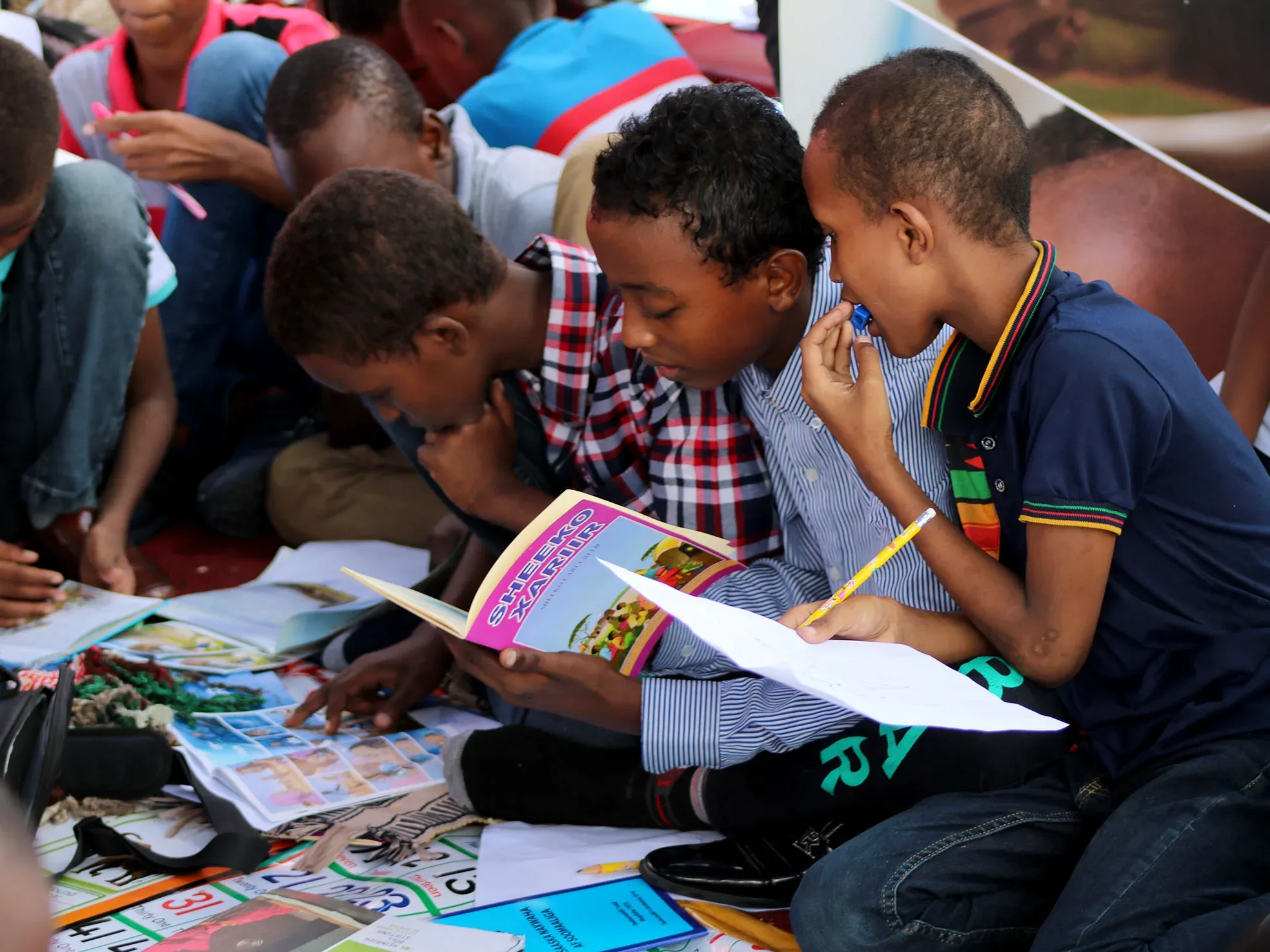I just completed the free “Digital learning for youth and adults in forcibly displaced communities” course and it sheds light on how digital learning for refugees can bridge the educational gap for displaced individuals. As I worked through the course I saw connections with the principles of Universal Design for Learning (UDL) and Authentic Learning throughout its tapestry.
Education, a fundamental right, should be a beacon of hope, accessible to all regardless of their circumstances. In the face of forced displacement, inclusive and quality education becomes even more crucial.
The United Nations High Commissioner for Refugees (UNHCR) estimates that the global number of forcibly displaced and stateless reached 108 million by the end of 2022 (UNHCR, 2023). Most displaced persons will remain in exile for a protracted period of five years or more, and many will remain outside of their country of origin for their education lifecycle. This makes access to inclusive, high-quality education opportunities crucial, including for youth and adults, who make up more than two-thirds of this population.
Understanding Forcibly Displaced Communities:
The course begins by acknowledging the unique challenges faced by forcibly displaced communities, encompassing refugees, asylum seekers, and internally displaced persons. Recognising their diverse needs and circumstances is key to tailoring educational solutions that address their specific challenges, a cornerstone of UDL.
Leveraging Technologies for Digital Learning for Refugees:
Digital technologies have revolutionised learning, presenting boundless potential for displaced communities. However, there have been areas where a tech solution was shoehorned in without proper research and made the situation worse. The course explores high-tech, low-tech, and no-tech solutions, ensuring accessibility even in resource-constrained environments. This aligns with UDL’s principle of providing multiple means of representation, catering to diverse learning styles and preferences.
Co-Creating Learner-Centered Programs:
One of the course’s key takeaways is the power of learner-centered programs. By involving displaced individuals in program design, we empower them to take ownership of their learning journeys. This co-creation approach echoes UDL’s emphasis on multiple means of action and expression, allowing learners to demonstrate their understanding through their preferred methods.
Promoting Participatory Monitoring, Evaluation, and Learning:
Monitoring, Evaluation, and Learning (MEL) play a vital role in program success. The course advocates for participatory MEL frameworks, where learners, educators, and stakeholders actively participate in the evaluation process. This aligns with UDL’s focus on providing multiple means of engagement, fostering a sense of community ownership and continuous improvement.

This handy diagram provides 6 criteria with questions to help you evaluate your training solutions.
Fostering Inclusivity and Accessibility:
Inclusivity forms the bedrock of the course’s teachings. It emphasises ensuring accessibility for all learners, regardless of abilities, backgrounds, or circumstances. This includes providing alternative formats for content, accommodating different learning styles, and addressing language barriers. By prioritising inclusivity, the course embodies UDL’s core principle of removing barriers to learning.
Empowering Authentic Learning Experiences:
Authentic learning takes center stage in the course, highlighting the importance of connecting education to real-world experiences. By incorporating authentic tasks and projects, learners apply their knowledge and skills in practical situations, fostering deep engagement and critical thinking. This aligns with UDL’s focus on multiple means of engagement, motivating learners through meaningful connections to their lives.
Conclusion:
The “Digital learning for youth and adults in forcibly displaced communities” course illuminates the need to understand the learner’s unique challenges, leveraging digital technologies, involving learners in program design, promoting participatory MEL, and by fostering inclusivity and authentic learning experiences, we can create a more equitable and accessible learning systems.

